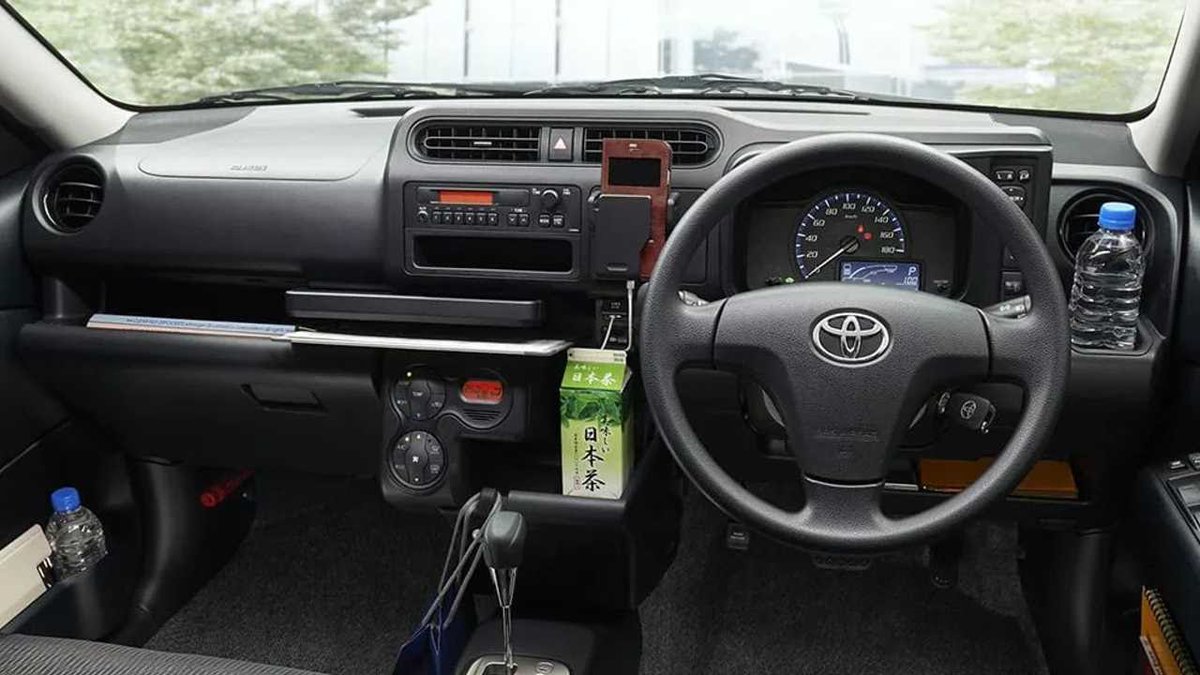
The 1990 Mercedes-Benz 190E 2.5-16 Evolution II Crowned a Four-Cylinder German Arms Race: This rare DTM homologation special sports wild aerodynamics and huge naturally aspirated power. — @MotorTrend 







In the late 1980s and early '90s, Germany's DTM touring-car racing series featured epic battles between the four-cylinder E30 BMW M3 and the four-cylinder Mercedes-Benz 190E, and both were constantly escalating their entries' power and aerodynamics. 



This arms race culminated with the BMW M3 Sport Evo and this car, the 1990 Mercedes-Benz 190E 2.5-16 Evolution II. No, the Benz didn't automatically win the dogfight because its name was longer. 







You might be thinking, if there was an Evolution II, was there an Evo I? Yes! What sets the 1990 Evo II apart from the first model offered one year prior, in 1989, is a wilder body kit and the inclusion of a previously optional AMG power pack for its 16-valve, 2.5-litre engine.
It represented the zenith of the 190E's factory performance potential—at least besides a six-cylinder AMG 3.2 racing model—and just 502 were built in 1990 to satisfy DTM homologation rules.
The Evo II's power-pack-equipped, Cosworth-tuned four-cylinder produced 232 horsepower (keep in mind, this was a naturally aspirated four in 1990!), and redline is marked on the tachometer at a stratospheric 7600 rpm. 

The Evo II engine featured a shorter stroke and larger bore than the Evo I's and formed the basis for the DTM cars' powerplants, which made up to 367 horsepower. Of note: This was the last DTM engine developed under the Benz banner; afterward, AMG handled the racing program.
The 2.5-16 Evo II's ludicrous body kit is highly functional, and helped shove the 190E's drag figure down to an exceptionally low 0.29 Cd while increasing downforce relative to the Evolution.
Designed by a professor from the University of Stuttgart, the aero pack includes an adjustable rear wing and a rear window spoiler. All of this kit is amusingly juxtaposed by a Mercedes three-pointed star hood ornament poking up from the grille.
As with previous hotted-up 190Es, the Evo II came with a hydraulic self-leveling rear suspension that, unlike many period Benzes with the feature, included a switch for selecting different heights.
(Other Mercedes with the self-leveling suspension, or SLS, merely reacted to loads placed on the rear axle to combat rear-end sag via a simple valve.) This feature came in handy given how the Evo II sat even lower than its predecessors.
With rarity, uncommon performance, and wild looks, you'd expect 190E 2.5-16 Evolution IIs to be expensive. Guess what? You're right! A recent auction on Bring a Trailer saw serious bidding, with the car's final sale price reaching $199,000. bringatrailer.com/listing/1990-m… 

• • •
Missing some Tweet in this thread? You can try to
force a refresh









































